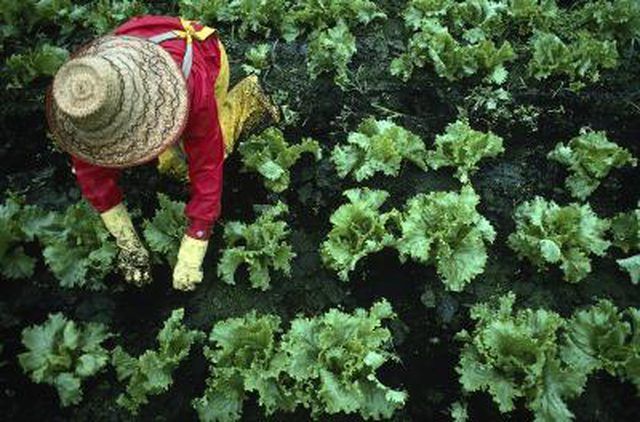Bulbs
Flower Basics
Flower Beds & Specialty Gardens
Flower Garden
Garden Furniture
Garden Gnomes
Garden Seeds
Garden Sheds
Garden Statues
Garden Tools & Supplies
Gardening Basics
Green & Organic
Groundcovers & Vines
Growing Annuals
Growing Basil
Growing Beans
Growing Berries
Growing Blueberries
Growing Cactus
Growing Corn
Growing Cotton
Growing Edibles
Growing Flowers
Growing Garlic
Growing Grapes
Growing Grass
Growing Herbs
Growing Jasmine
Growing Mint
Growing Mushrooms
Orchids
Growing Peanuts
Growing Perennials
Growing Plants
Growing Rosemary
Growing Roses
Growing Strawberries
Growing Sunflowers
Growing Thyme
Growing Tomatoes
Growing Tulips
Growing Vegetables
Herb Basics
Herb Garden
Indoor Growing
Landscaping Basics
Landscaping Patios
Landscaping Plants
Landscaping Shrubs
Landscaping Trees
Landscaping Walks & Pathways
Lawn Basics
Lawn Maintenance
Lawn Mowers
Lawn Ornaments
Lawn Planting
Lawn Tools
Outdoor Growing
Overall Landscape Planning
Pests, Weeds & Problems
Plant Basics
Rock Garden
Rose Garden
Shrubs
Soil
Specialty Gardens
Trees
Vegetable Garden
Yard Maintenance
How to Make Packing Pallets for Raised Vegetable Garden Beds
How to Make Packing Pallets for Raised Vegetable Garden Beds. Vegetable gardens produce bright growth and blooms in the summer and fall, and can bring in abundant harvests for careful gardeners. All gardens require the right mix of sun, soil and water to produce, though, and also need good air movement and drainage. If you want a garden and can't...

Vegetable gardens produce bright growth and blooms in the summer and fall, and can bring in abundant harvests for careful gardeners. All gardens require the right mix of sun, soil and water to produce, though, and also need good air movement and drainage. If you want a garden and can't provide a site with quick, efficient drainage, raise the soil level to keep the plants healthy and safe. Use recycled materials such as packing pallets to cover large areas and provide ready-made raised planting rows.
Things You'll Need
Packing pallets
Garden loam
Organic compost
Fertilizer
Start the planting process in the early spring, ahead of the last frost, for a wide range of plant choices. Raised gardens eliminate the complication of frozen, frosty soil, and make earlier plantings possible.
Set the packing pallets on smooth, even sites with six to eight hours of sun every day and good air movement. If the sites aren't level, rake them to level them out. The pallets will sit more securely on a level surface, and drain more evenly for the vegetables.
Mix planting soil for the garden with one part bagged garden loam to one part organic compost. Raised gardens use moisture quickly and require more nutritious, moisture-retentive soil than in-ground gardens.
Fill the packing pallets with soil, and pack soil up between the slats and over the top. End with 2 to 3 inches of soil mixture on top of the pallets, with soil throughout all the layers of each pallet. Turn slow-release 10-10-10, 13-13-13 or 14-14-14 fertilizer into the top 4 inches of soil in the open rows between boards. These are your planting rows.
Plant small, contained plants in this raised garden to avoid root crowding. Leafy greens such as lettuce, broccoli, cabbage, cauliflower and collards thrive in small areas, as do root crops such as radishes.